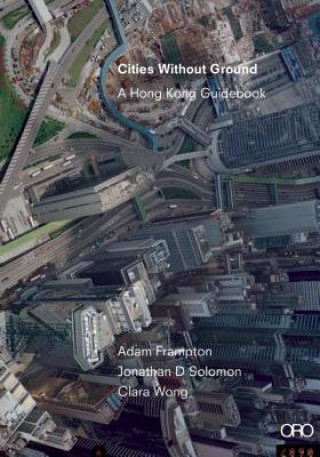
Kód: 05034416
Cities Without Ground
Autor Solom Wong
Hong Kong is a city without ground. This is true both physically (built on steep slopes, the city has no ground plane) and culturally (there is no concept of ground). Density obliterates figure-ground in the city, and in turn re-d ... celý popis
- Jazyk:
 Angličtina
Angličtina - Väzba: Brožovaná
- Počet strán: 128
Nakladateľ: Oro Editions, 2012
- Viac informácií o knihe

16.38 €
Bežne: 17.20 €
Ušetríte 0.81 €
Mohlo by sa vám tiež páčiť
-

World War I
36.32 € -9 % -

Concrete Approach to Abstract Algebra
13.75 € -23 %
Darujte túto knihu ešte dnes
- Objednajte knihu a vyberte Zaslať ako darček.
- Obratom obdržíte darovací poukaz na knihu, ktorý môžete ihneď odovzdať obdarovanému.
- Knihu zašleme na adresu obdarovaného, o nič sa nestaráte.
Informovať o naskladnení knihy
Zadajte do formulára e-mailovú adresu a akonáhle knihu naskladníme, zašleme vám o tom správu. Postrážime všetko za vás.
Viac informácií o knihe Cities Without Ground
Nákupom získate 41 bodov
 Anotácia knihy
Anotácia knihy
Hong Kong is a city without ground. This is true both physically (built on steep slopes, the city has no ground plane) and culturally (there is no concept of ground). Density obliterates figure-ground in the city, and in turn re-defines public-private spatial relationships. Perception of distance and time is distorted through compact networks of pedestrian infrastructure, public transport and natural topography in the urban landscape.Without a ground, there can be no figure either. In fact, Hong Kong lacks any of the traditional figure-ground relationships that shape urban space: axis, edge, center, even fabric. Cities Without Ground explores this condition by mapping three-dimensional circulation networks that join shopping malls, train stations and public transport interchanges, public parks and private lobbies as a series of spatial models and drawings. These networks, though built piecemeal, owned by different public and private stakeholders, and adjacent to different programs and uses, form a continuous space of variegated environments that serves as a fundamental public resource for the city. The emergence of the shopping malls as spaces of civil society rather than of global capital-- as grounds of resistance-- comes as a surprise. This continuous network and the microclimates of temperature, humidity, noise and smell which differentiate it constitute an entirely new form of urban spatial hierarchy. The relation between shopping malls and air temperature, for instance, suggests architectural implications in circulation--differentiating spaces where pedestrians eagerly flow or make efforts to avoid, where people stop and linger or where smokers gather. Air particle concentration is both logical and counterintuitive: outdoor air is more polluted, while the air in the higher-end malls is cleaner than air adjacent to lower value retail programs. Train stations, while significantly cooler than bus terminals, have only moderately cleaner air. Boundaries determined by sound or smell (a street of flower vendors or bird keepers, or an artificially perfumed mall) can ultimately provide more substantive spatial boundaries than a ground. While space in the city may be continuous, plumes of temperature differential or air particle intensity demonstrate that environments are far from equal.
 Parametre knihy
Parametre knihy
Zaradenie knihy Knihy po anglicky The arts Architecture Public buildings: civic, commercial, industrial, etc
16.38 €
- Celý názov: Cities Without Ground
- Podnázov: A Hong Kong Guidebook
- Autor: Solom Wong
- Jazyk:
 Angličtina
Angličtina - Väzba: Brožovaná
- Počet strán: 128
- EAN: 9781935935322
- ISBN: 1935935321
- ID: 05034416
- Nakladateľ: Oro Editions
- Hmotnosť: 268 g
- Rozmery: 201 × 144 × 10 mm
- Dátum vydania: 25. August 2012
Obľúbené z iného súdka
-
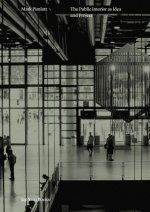
Mark Pimlott - The Public Interior as Idea and Project
29.74 € -

Guide to Building Natural Swimming Pools
47.45 € -6 % -

Fairbairn-Sykes Fighting Knife
56.86 € -5 % -
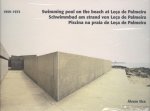
Alvaro Siza
28.12 € -

Design Handbook for Stables and Equestrian Buildings
29.94 € -15 % -

Hospital Architecture
78.32 € -6 % -
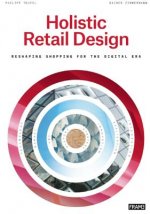
Holistic Retail Design
30.55 € -13 % -
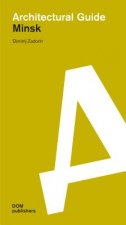
Minsk
69.51 € -
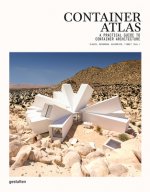
Container Atlas (Updated & Extended version)
45.73 € -7 % -

Eichler
57.88 € -3 % -

Luftwaffe Gravity Knife: A History and Analysis of the Flyer's and Paratroer's Utility Knife
47.55 € -6 % -

School Buildings
122.34 € -

One World Trade Center
32.58 € -8 % -

Library
100.38 € -

Baikonur
30.55 € -12 % -

Office Design. Architecture today
31.06 € -17 % -

Kindergartens
61.32 € -

Concert Halls and Opera Houses
224.45 € -
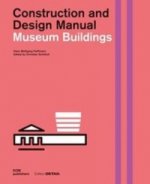
Museum Buildings
107.26 € -2 % -

Hospital and Healthcare Facility Design
77 € -37 % -
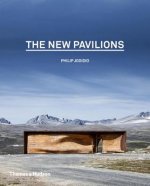
New Pavilions
34.40 € -2 % -
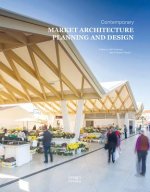
Contemporary Market Architecture
46.74 € -4 % -
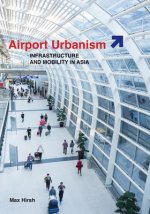
Airport Urbanism
25.39 € -22 % -

World of Malls
10.41 € -84 % -

Autobiography of an Idea
17.40 € -

Zoo Buildings. Construction and Design Manual
119.30 € -4 % -

Detail in Contemporary Hotel Design
59.29 € -1 % -

Archdaily's Guide to Good Architecture
47.35 € -4 % -
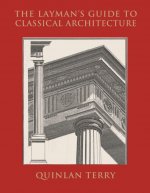
Layman's Guide to Classical Architecture
32.37 € -23 % -
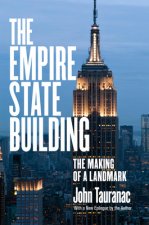
Empire State Building
21.75 € -19 % -

Masterpieces: Library Architecture + Design
48.67 € -13 % -

ARCHITECTURE without architecture
75.38 € -

Eat! Best of Restaurant Design
22.46 € -
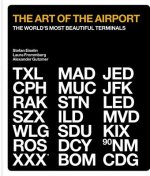
Art of the Airport
50.39 € -

Modern Clinic Design - Strategies for an Era of Change
107.57 € -
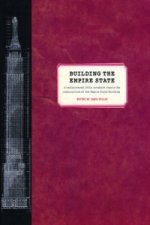
Building the Empire State
25.59 € -2 % -
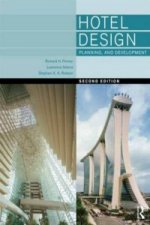
Hotel Design, Planning and Development
139.65 € -

101 Hotel Lobbies, Bars & Restaurants
48.97 € -
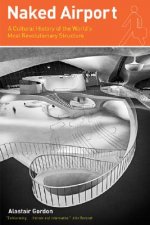
Naked Airport
17.40 € -3 % -
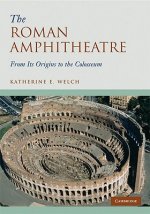
Roman Amphitheatre
76.50 € -

Space Planning for Commercial Office Interiors
131.95 € -
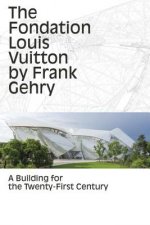
Fondation Louis Vuitton by Frank Gehry
48.97 € -
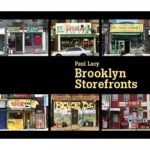
Brooklyn Storefronts
19.93 € -

Bell Rock Lighthouse
17.50 € -23 % -

Sheldonian Theatre
44.52 € -10 % -

Lluis Domenech i Montaner, Palau de la Musica Catalana, Barcelona (Opus 8)
32.27 € -4 % -

Vernacular Architecture: An Illustrated Handbook
24.58 € -13 % -

Big Ben
13.96 € -
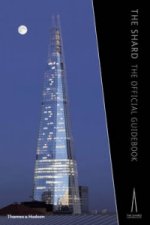
Shard
22.46 €
Osobný odber Bratislava a 2642 dalších
Copyright ©2008-24 najlacnejsie-knihy.sk Všetky práva vyhradenéSúkromieCookies



 21 miliónov titulov
21 miliónov titulov Vrátenie do mesiaca
Vrátenie do mesiaca 02/210 210 99 (8-15.30h)
02/210 210 99 (8-15.30h)